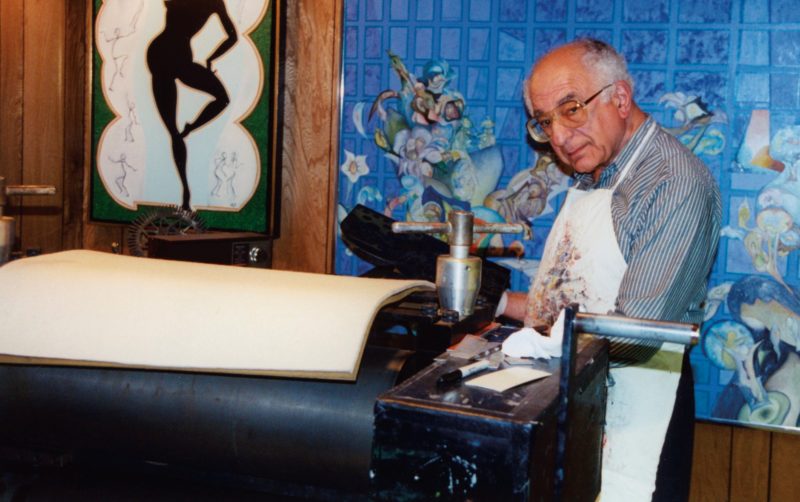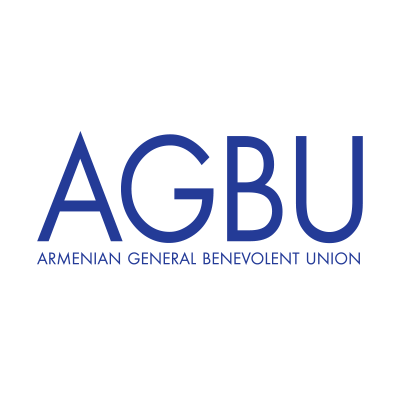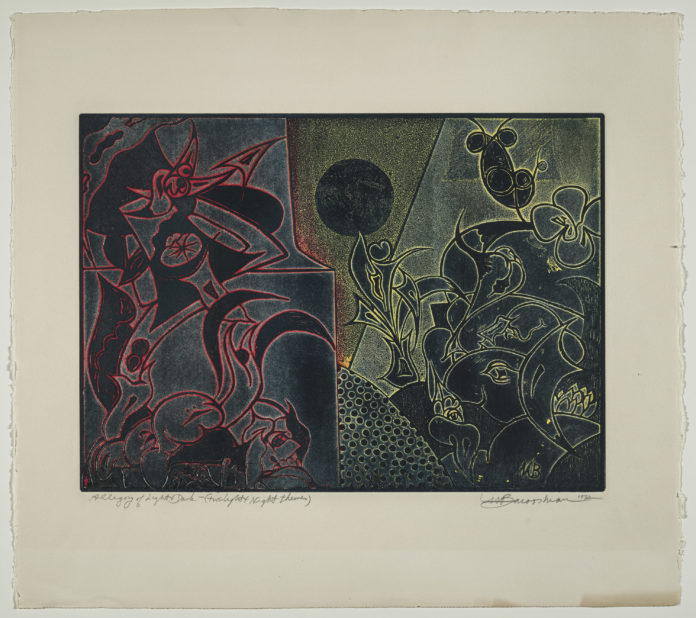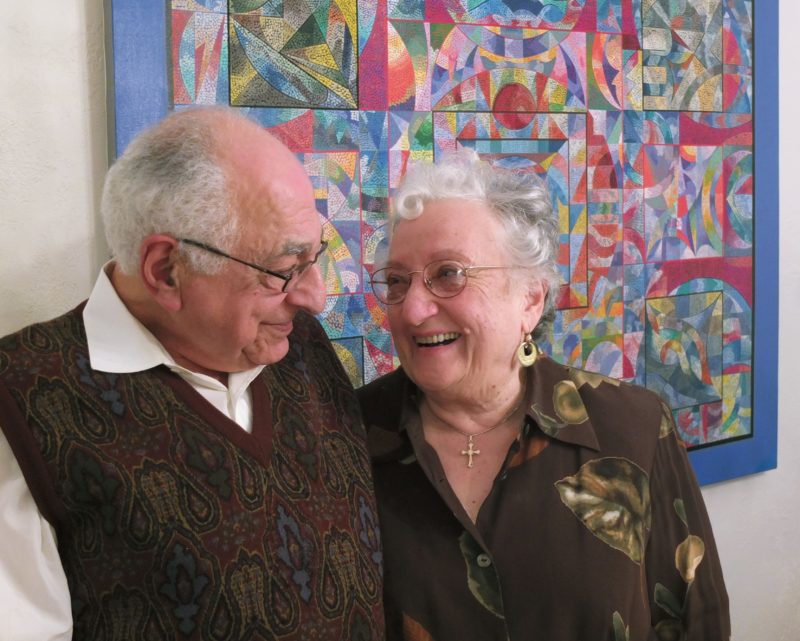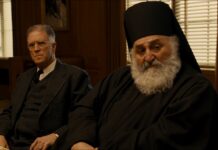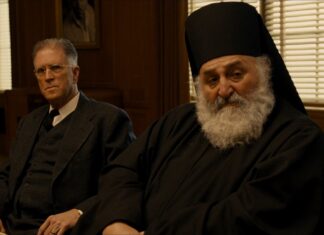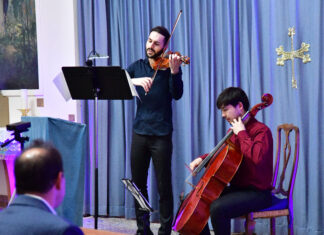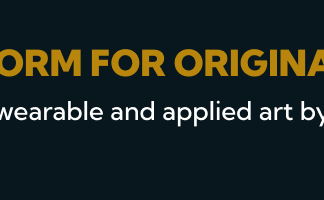BOSTON — The Museum of Fine Arts, Boston (MFA), and the Martin Barooshian Art Trust are pleased to announce that the MFA has added 35 additional pieces by Martin Barooshian (1929-2022), to its collection. The acquisition includes important woodcuts and etchings as well as one monotype and three preparatory drawings. The MFA acquired its first work by Barooshian in 1950.
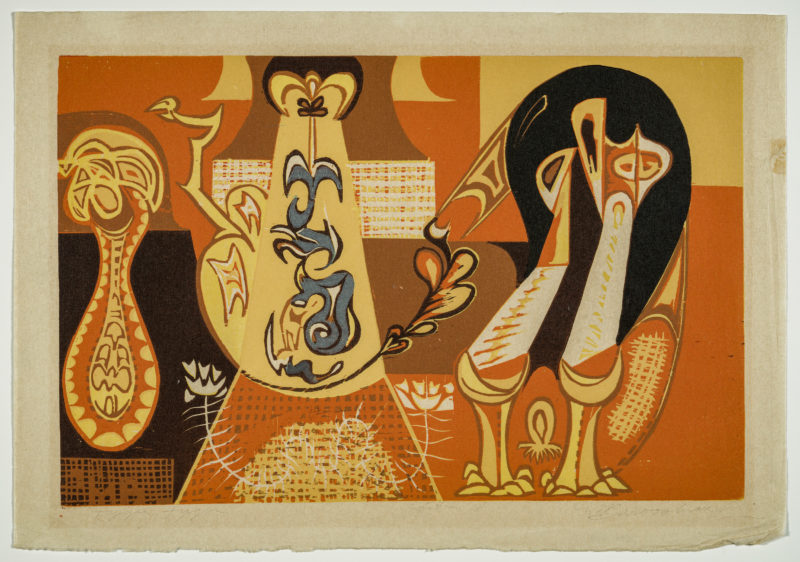
Barooshian, a Boston native, was an American surrealist painter and an exceptionally accomplished printmaker. Barooshian rose to prominence during the 1950s and 60s, but his fame waned over time. There has been resurgent interest in his artistic contributions, including the publication of a biography and catalogue in 2020, and the MFA’s acquisition represents a substantial step in his rediscovery.
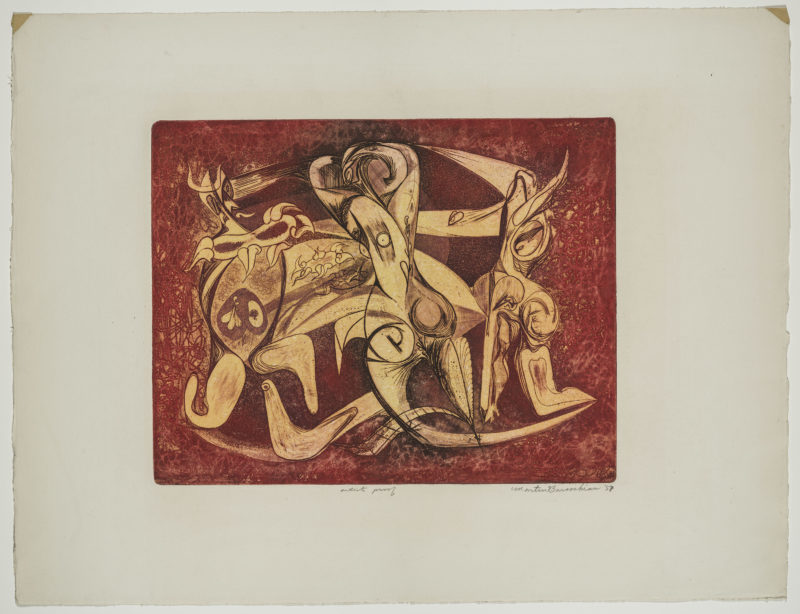
In a New York City art world insistent on non-figurative conformity, Barooshian struck out on his own path. The resulting abstract surrealist prints and paintings, which fuse art historical, modern, and contemporary influences, are unique, singular, and increasingly considered by many to be ahead of their time. With a printmaking output spanning 60 years, Barooshian’s oeuvre incorporates a broad variety of media: woodcuts, lithographs, etchings, and monotypes. His colleague and friend Willem de Kooning called Barooshian “a printing magician.”
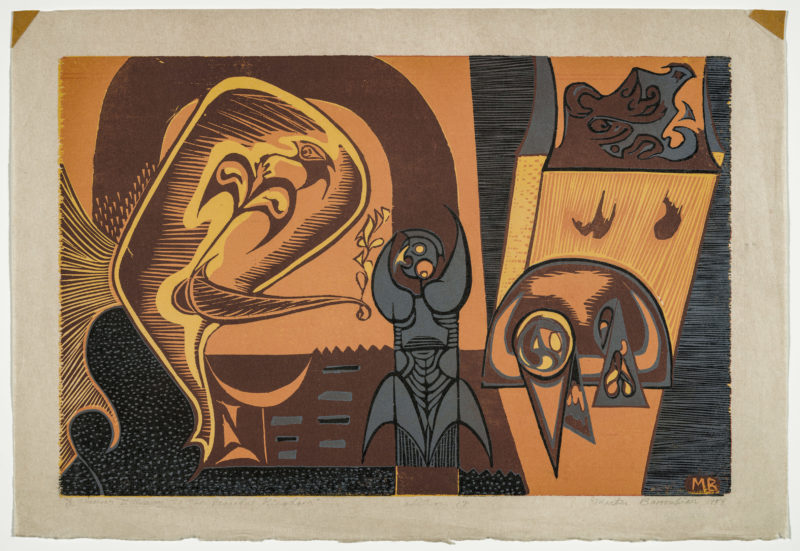
Barooshian garnered his earliest national recognition when “discovered” by John Taylor Arms for his woodcuts, which fused traditional techniques and content with modern form and color to convey the paranoia and loss of innocence of the Atomic Age — perhaps tinged with hopefulness. Soon thereafter in 1952, the Library of Congress acquired his first major woodcut portfolio. Perhaps Barooshian’s greatest contribution to printmaking was with a method known as color viscosity printing, which dominated his output starting about 1956. During his stay at Atelier 17 in Paris, Barooshian evolved the technique, pushing its limits in order to reach his artistic vision of imagined realities and dreamscapes. By incorporating various methods including hard ground, soft ground, mezzotint, and aquatint on a single zinc plate, Barooshian created complex, polychromatic images solidifying his reputation as one of viscosity printmaking’s most important masters.
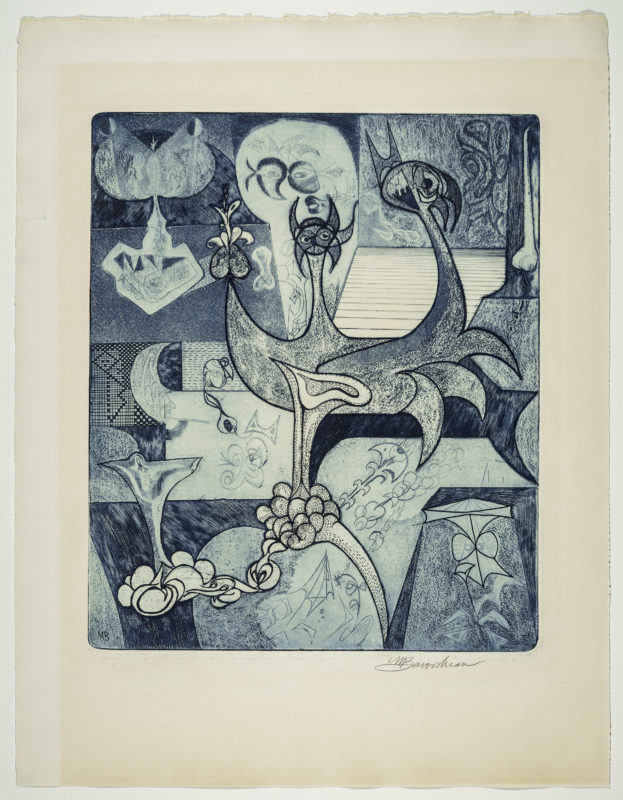
Patrick Murphy, Lia and William Poorvu Associate Curator of Prints and Drawings at the MFA, called Barooshian “a consummate printmaker, whose intriguing and oddly overlooked body of work deserves to be celebrated alongside that of mid-century contemporaries like Hayter, Helen Phillips, Fred Becker, and Gabor Peterdi.”
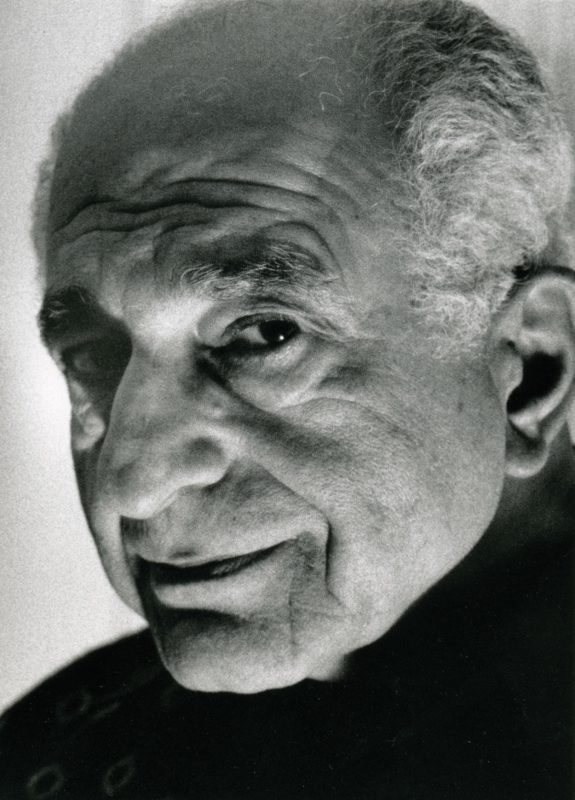
“This extraordinary gift includes a number of compositions in multiple impressions—state proofs showing the evolution of work on the plate, or variant inkings demonstrating the artist’s characteristic experimentation with color, as well as preparatory drawings, and will make the MFA a destination for the study of Barooshian’s prints,” said Murphy.
